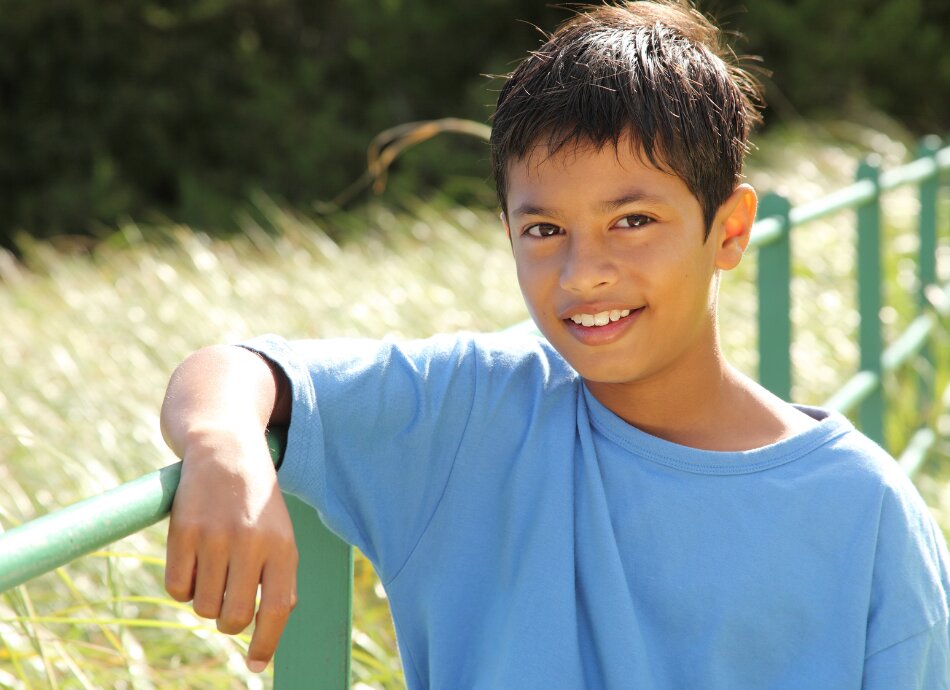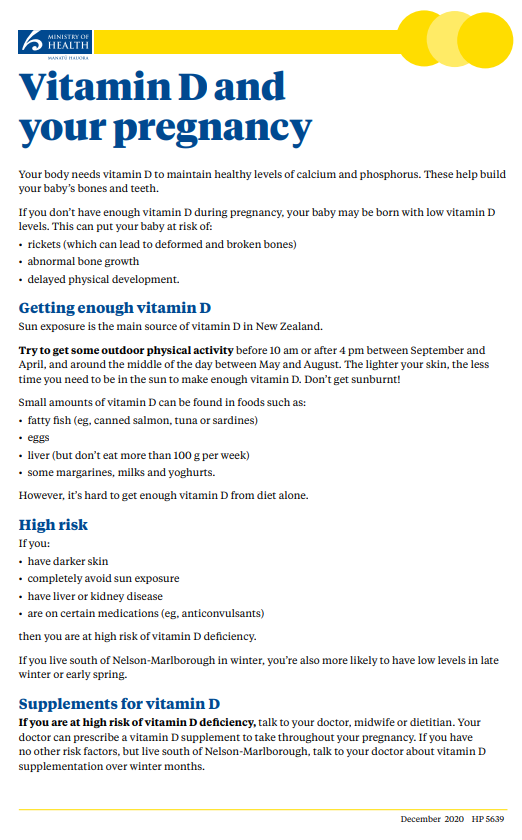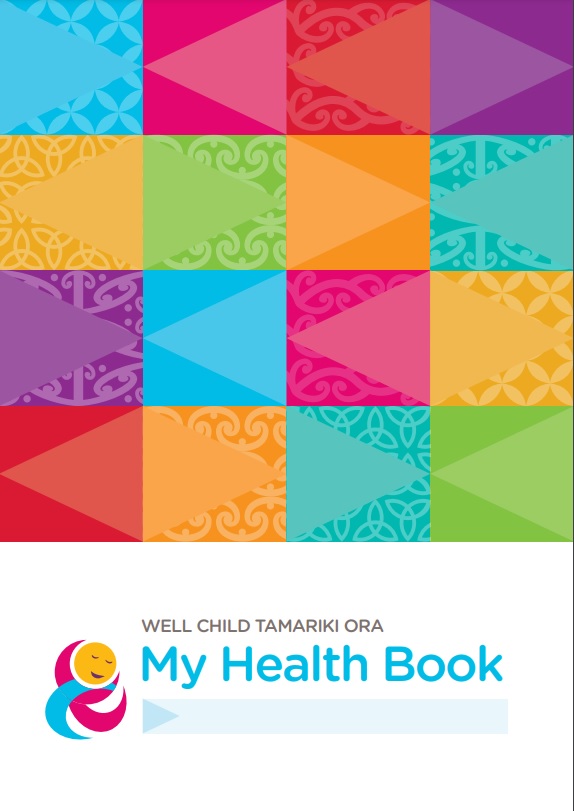Rickets usually occurs due to a lack of vitamin D. Vitamin D helps your body to absorb calcium and phosphorus, which are needed to build strong bones. Babies, children, teenagers, pregnant women or breastfeeding mothers are at higher risk of vitamin D deficiency, as the need for vitamin D is higher in these groups.
Babies and children are also at higher risk of vitamin D deficiency if they:
- have dark skin or a condition that prevents sun exposure
- are exclusively breastfed (having breastmilk only) for an extended period and the introduction of solid food is delayed
- are born to a mother who has low vitamin D levels or has a sibling with low vitamin D levels
- wear clothing that covers their skin most of the time for cultural or religious reasons
- live in southern regions of Aotearoa New Zealand where there is less sun in winter and spring than in other parts of the country
- have a condition that prevents or impairs absorption of vitamin D through the gut, such as Crohn’s disease or coeliac disease
- have a diet that is low in vitamin D (eg, vegetarian).
Rare forms of rickets can also occur in some inherited (genetic) disorders or kidney problems.








